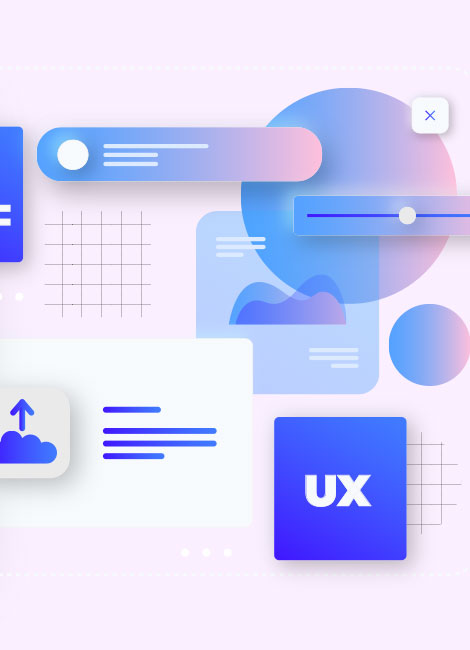
Mobile Application Development
What is Mobile Application Development?
Mobile Application Development is the process of creating software applications for smartphones, tablets and other mobile devices. This process includes many stages from designing the application to coding, testing and presenting it to the user. Applications are usually developed for iOS (Apple) and Android (Google) operating systems.
Mobile Application Development
Mobile Application Development Process
1. Planning and Analysis
• The purpose and target audience of the application are determined.
• Market research is conducted and competitor applications are examined.
• Technical requirements and development process are planned.
2. UI/UX Design (User Interface and Experience)
• A user-friendly and aesthetic interface is designed.
• Wireframes and prototypes showing the flow and screens of the application are created.
• An easy-to-use structure is provided with user experience (UX) design.


3. Software Development
Mobile applications can be developed in 3 different ways:
Native Application Development
• Swift or Objective-C is used for iOS, Kotlin or Java is used for Android.
• Provides the best results in terms of performance and security.
• More costly and long-lasting because separate development is done for each platform.
Hybrid / Cross-Platform Application Development
• Development is done for both iOS and Android with a single code base.
• Technologies such as React Native, Flutter, Xamarin are used.
• The development process is faster and less costly.
Web-Based Applications (PWA - Progressive Web Apps)
• Applications that run through the browser.
• Developed using HTML, CSS and JavaScript.
• Does not take up much space in phone memory, but hardware access is limited.
4. Testing and Troubleshooting
• Tested on different devices and operating systems.
• Bugs and security vulnerabilities are fixed.
• User experience is improved.
5. Publishing and Distribution
• Uploaded to platforms such as Google Play Store (Android) and App Store (iOS).
• Adapted to the requirements of application stores.
6. Update and Maintenance
• Improvements are made in line with user feedback.
• Performance-enhancing updates are released.
• Security vulnerabilities are closed and technical support is provided.


Mobile Application Development
Advantages of Mobile Application Development
✅ Provides fast access to the user base.
✅ Creates a revenue-increasing channel for businesses.
✅ Increases brand awareness.
✅ Accelerates the digital transformation process.